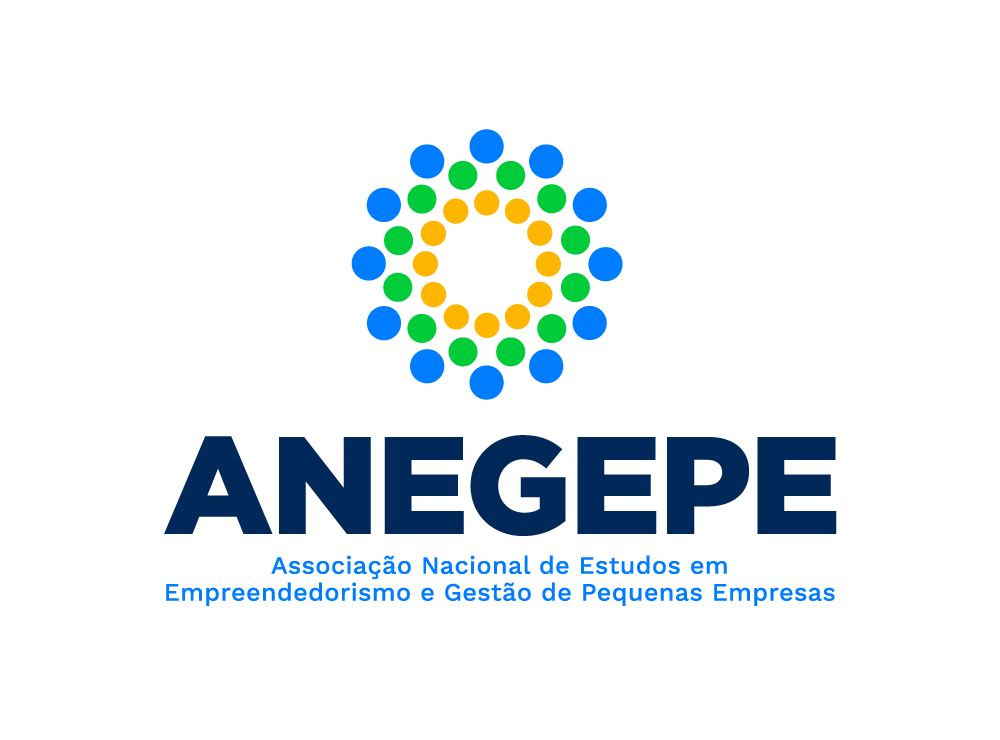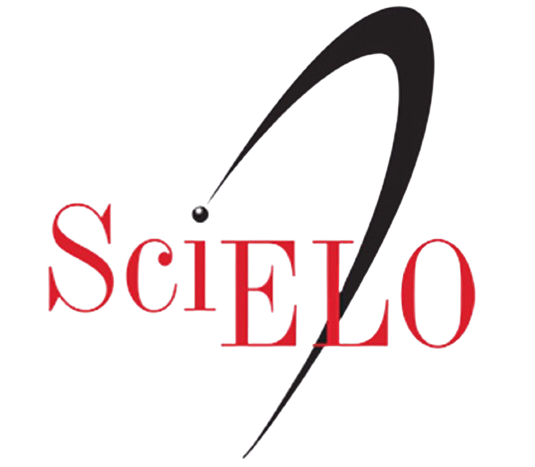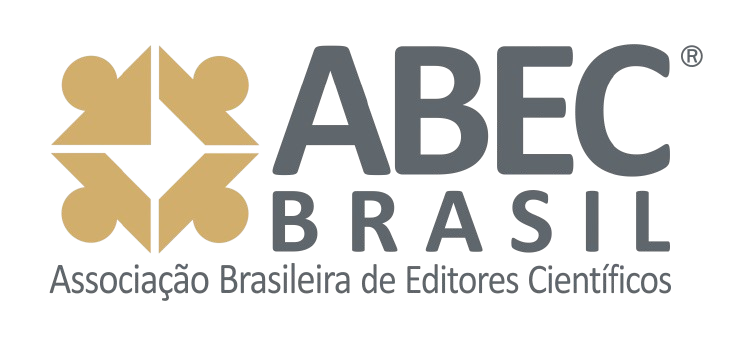Submissions
Submission Preparation Checklist
As part of the submission process, authors are required to check off their submission's compliance with all of the following items, and submissions may be returned to authors that do not adhere to these guidelines.- The article deals with entrepreneurship and/or small business management and/or innovation as its main theme.
-
There is no author identification in the file and nor in the file properties.
-
The text follows ALL requirements described in Guidelines for Authors, and the authors have read and are aware of the Ethics Policy on the Journal's website;
- The manuscript contains up to five co-authors.
- ORCID: it is MANDATORY to fill the field ORCID in the submission metadata.
- Originality: the author submitting the article must download the Declaration of Originality, sign it and upload it to the system as supplementary material.
- Conflicts of interest: after reading the Guidelines for declaring conflicts of interest, I declare that there are none. If subsequently approved, the corresponding author must sign the Declaration of conflicts of interest.
-
Open science compliance: the author submitting the manuscript must mandatorily read our Open Science Compliance and Research involving human subjects sections, only after that, download the Declaration on Open Science Compliance, sign it, and upload it to the system as supplementary material.
- Authors’ statement of individual contributions and the use of Artificial Inteligence (AI): The REGEPE adopts the taxonomy structure of CRediT (Contributor Roles Taxonomy). The author submitting the article must fill in the form REGEPE - Information on Authors' Contributions and Acknowledgments, at the time of submission, including the declaration of the use of AI.
- Research involving human subjects: I confirm that, in the case of research involving human subjects, all the documents required by the legislation of my country have been duly carried out and are attached to the submission or are present in the document submitted to REGEPE.
-
I confirm the quality of the submission in English (if applicable): If the article is submitted in English or when the English version is sent, upon approval of the submitted article (in Portuguese or Spanish), REGEPE will check the manuscript using the free AJE (American Journal Expert - Part of Springer Nature) Grammar Check tool. Only those manuscripts for which the tool indicates that Your Language Assessment Score (LAT) scores greater than or equal to 75th percentile, as shown in the following imagem example.
-
I undertake to act as a reviewer for the journal: As a form of reciprocity with the academic community, REGEPE reinforces the commitment that authors of approved papers have to act as reviewers for manuscripts submitted to the journal. In order to give visibility to the valuable voluntary effort involved in writing the review, REGEPE has the ReviewerCredits system integrated into the journal's OJS system, and the reviewer can select the options he or she wishes in relation to open science, i.e. the publication of his or her review, with or without identification.
- I declare the truthfulness of the information.
Copyright Notice
Authors who publish in this journal agree to the following terms:
-
The author(s) authorize the publication of the text in the journal;
-
The journal is not responsible for the opinions, ideas, and concepts expressed in the texts, as they are the sole responsibility of their authors;
-
Authors retain copyright and grant the journal the right of first publication, with the work published under the CC BY 4.0
License, which allows sharing the work with acknowledgment of authorship and initial publication in this journal;
-
Authors are allowed and encouraged to post their work (Submitted version, Accepted version [Manuscript accepted by the author], or Published version [Record version]) online, for example in institutional repositories or preprints, as it can lead to productive exchanges as well as earlier and greater citation of published work. REGEPE requires that authors indicate/link the published article with DOI. See the Effect of Open Access.
Privacy Statement
Last updated: 01/16/2025
The names and addresses informed in this scientific journal will be used exclusively for the services provided by this publication, not being made available for other purposes or to third parties.










